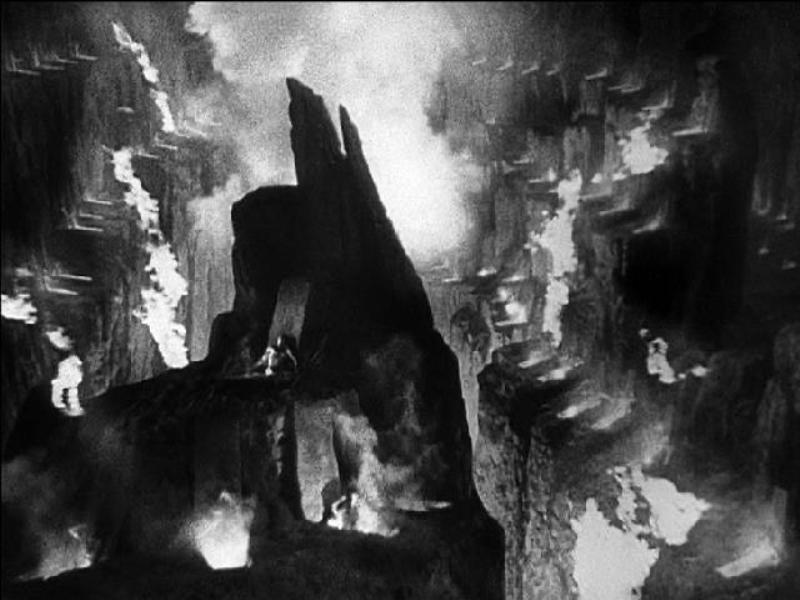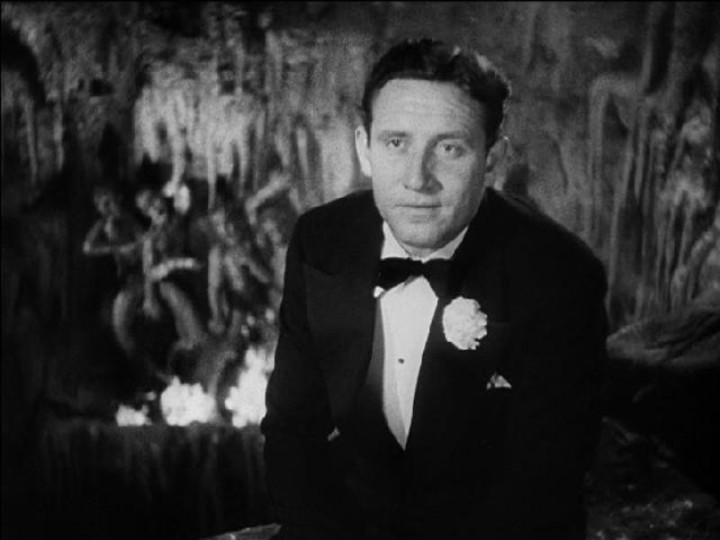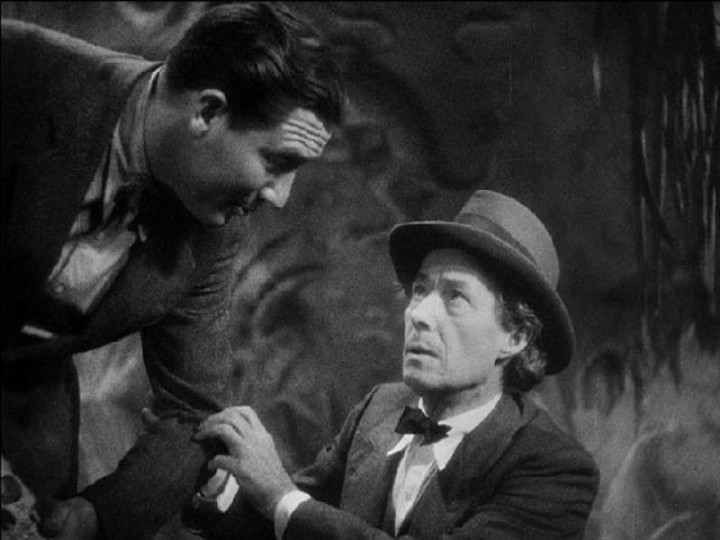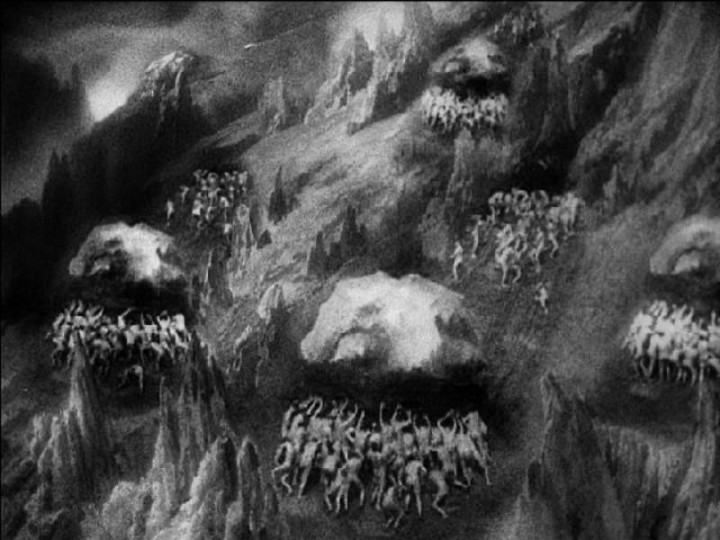One of the more curious filmmakers of all time, Illinois-born Harry Lachman came to the movies as a set designer in the 1920s after having established himself as a major Postimpressionist painter in France. That he found his way into working with the great pictorialist director Rex Ingram (who had moved his studio to France to keep MGM from interfering with his work) is hardly surprising — and likely has some bearing on his 1935 film, Dante’s Inferno, since that film’s nine-minute hell sequence owes much to Ingram’s The Magician (1926), on which Lachman was production manager. Though he toiled for a number of years as a director in Hollywood, Lachman’s own movie career was largely unremarkable. (Possibly the oddest thing about it was he was the only person I ever heard Keye Luke — who worked with Lachman on Charlie Chan at the Circus in 1936 — speak ill of.) Dante’s Inferno probably is the high-water mark of his directorial career, though I think the four (post-Keye Luke) Charlie Chan pictures he made in the early 1940s are his most visually striking works.
Famous today for its hell sequence — and, like most pre-20th Century merger Fox films, being hard to see — Dante’s Inferno is certainly the most elaborate film Lachman ever made. The truth is that — shorn of that one arty sequence — the film is essentially a disaster picture and a Spencer Tracy vehicle (who reportedly didn’t like it) that owes some of its plotting to Tracy’s 1933 film The Power and the Glory, but with a happier ending. It details the rise of former ship’s engineer (important to the plot) Jim Carter (Tracy) from carnival barker at Pop McWade’s (Henry B. Walthall) rundown — and educationally-minded — “Dante’s Inferno” attraction to wealthy, unscrupulous showman. Carter’s claim that he’s going to “put hell on a paying basis” bears fruit — and ultimately creates Carter’s own personal hell.
The film is somewhat awkwardly structured. It works in chunks of set pieces — the creation of a newer, bigger, more tantalizing “Dante’s Inferno,” the disaster of the collapse of the attraction, the rather shoehorned hell fantasy and the movie’s big shipboard fire disaster (obviously modeled on the previous year’s SS Morro Castle disaster). The results themselves are variable. The collapse of the attraction is clunky, rushed and weirdly inconclusive in that the only person we see even get hurt is Pop McWade. Good as it is, the hell sequence serves little purpose — other than to showcase surprisingly naked (with improbable G-strings that suggest Satan must be prudish) tormented souls, all of whom are startlingly well-toned specimens of humanity. (The heavier folks apparently don’t go to hell.) The shipboard disaster almost feels like an afterthought and gets pretty silly in Carter’s redemption, but it’s undeniably exciting and well done. It’s not a great movie, but it is an interesting one — and you certainly can’t complain about a lack of incident. Plus, you get a young Rita Hayworth (as Rita Cansino) as an exhibition dancer on the ship.
The Hendersonville Film Society will show Dante’s Inferno Sunday, Nov. 2, at 2 p.m. in the Smoky Mountain Theater at Lake Pointe Landing Retirement Community (behind Epic Cinemas), 333 Thompson St., Hendersonville.







Before you comment
The comments section is here to provide a platform for civil dialogue on the issues we face together as a local community. Xpress is committed to offering this platform for all voices, but when the tone of the discussion gets nasty or strays off topic, we believe many people choose not to participate. Xpress editors are determined to moderate comments to ensure a constructive interchange is maintained. All comments judged not to be in keeping with the spirit of civil discourse will be removed and repeat violators will be banned. See here for our terms of service. Thank you for being part of this effort to promote respectful discussion.